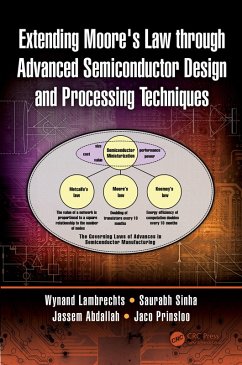
The Datacenter as a Computer (eBook, PDF)
An Introduction to the Design of Warehouse-Scale Machines
Versandkostenfrei!
Sofort per Download lieferbar
99,99 €
inkl. MwSt.

PAYBACK Punkte
0 °P sammeln!
As computation continues to move into the cloud, the computing platform of interest no longer resembles a pizza box or a refrigerator, but a warehouse full of computers. These new large datacenters are quite different from traditional hosting facilities of earlier times and cannot be viewed simply as a collection of co-located servers. Large portions of the hardware and software resources in these facilities must work in concert to efficiently deliver good levels of Internet service performance, something that can only be achieved by a holistic approach to their design and deployment. In other...
As computation continues to move into the cloud, the computing platform of interest no longer resembles a pizza box or a refrigerator, but a warehouse full of computers. These new large datacenters are quite different from traditional hosting facilities of earlier times and cannot be viewed simply as a collection of co-located servers. Large portions of the hardware and software resources in these facilities must work in concert to efficiently deliver good levels of Internet service performance, something that can only be achieved by a holistic approach to their design and deployment. In other words, we must treat the datacenter itself as one massive warehouse-scale computer (WSC). We describe the architecture of WSCs, the main factors influencing their design, operation, and cost structure, and the characteristics of their software base. We hope it will be useful to architects and programmers of today's WSCs, as well as those of future many-core platforms which may one day implement the equivalent of today's WSCs on a single board. Table of Contents: Introduction / Workloads and Software Infrastructure / Hardware Building Blocks / Datacenter Basics / Energy and Power Efficiency / Modeling Costs / Dealing with Failures and Repairs / Closing Remarks












